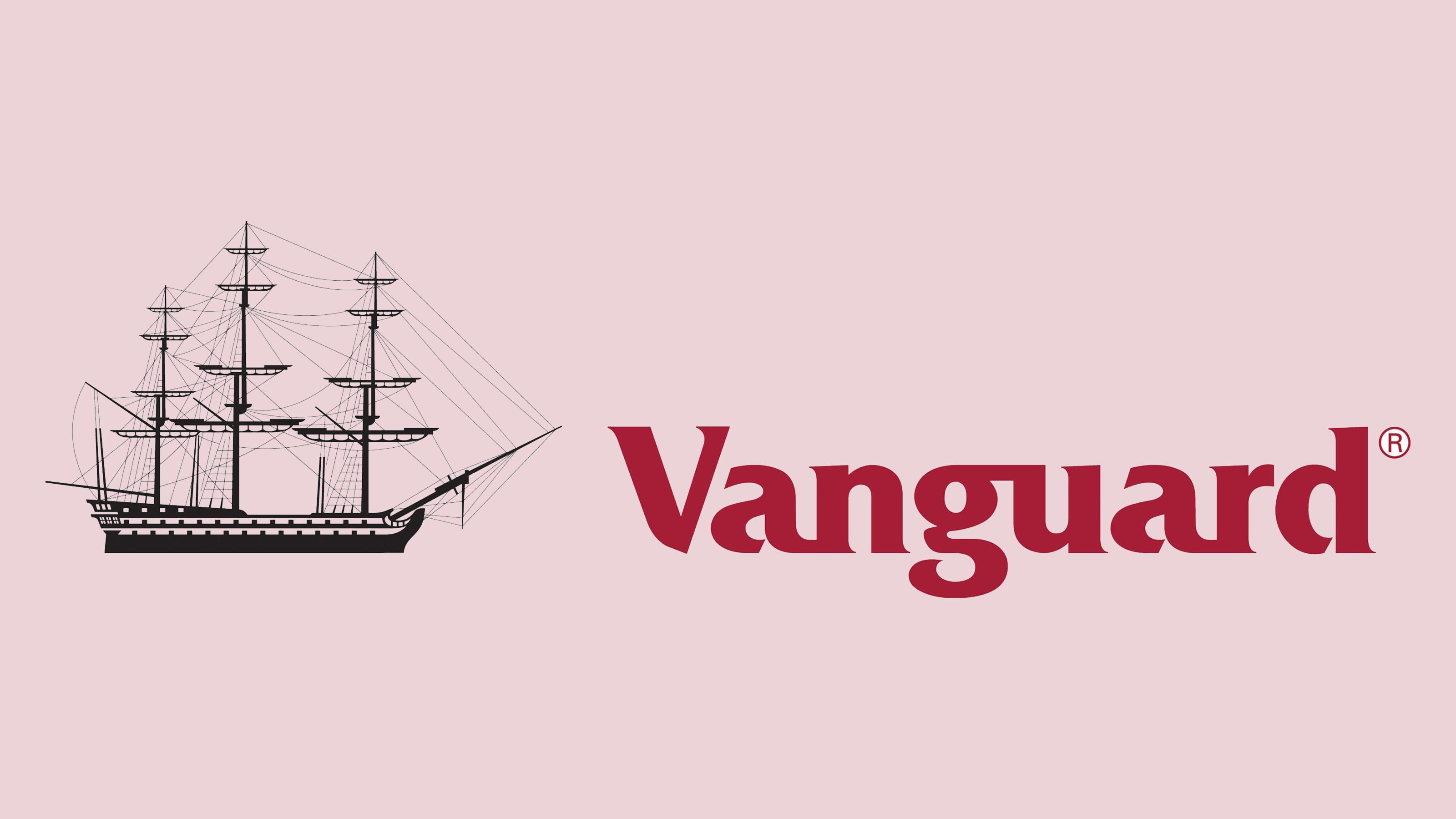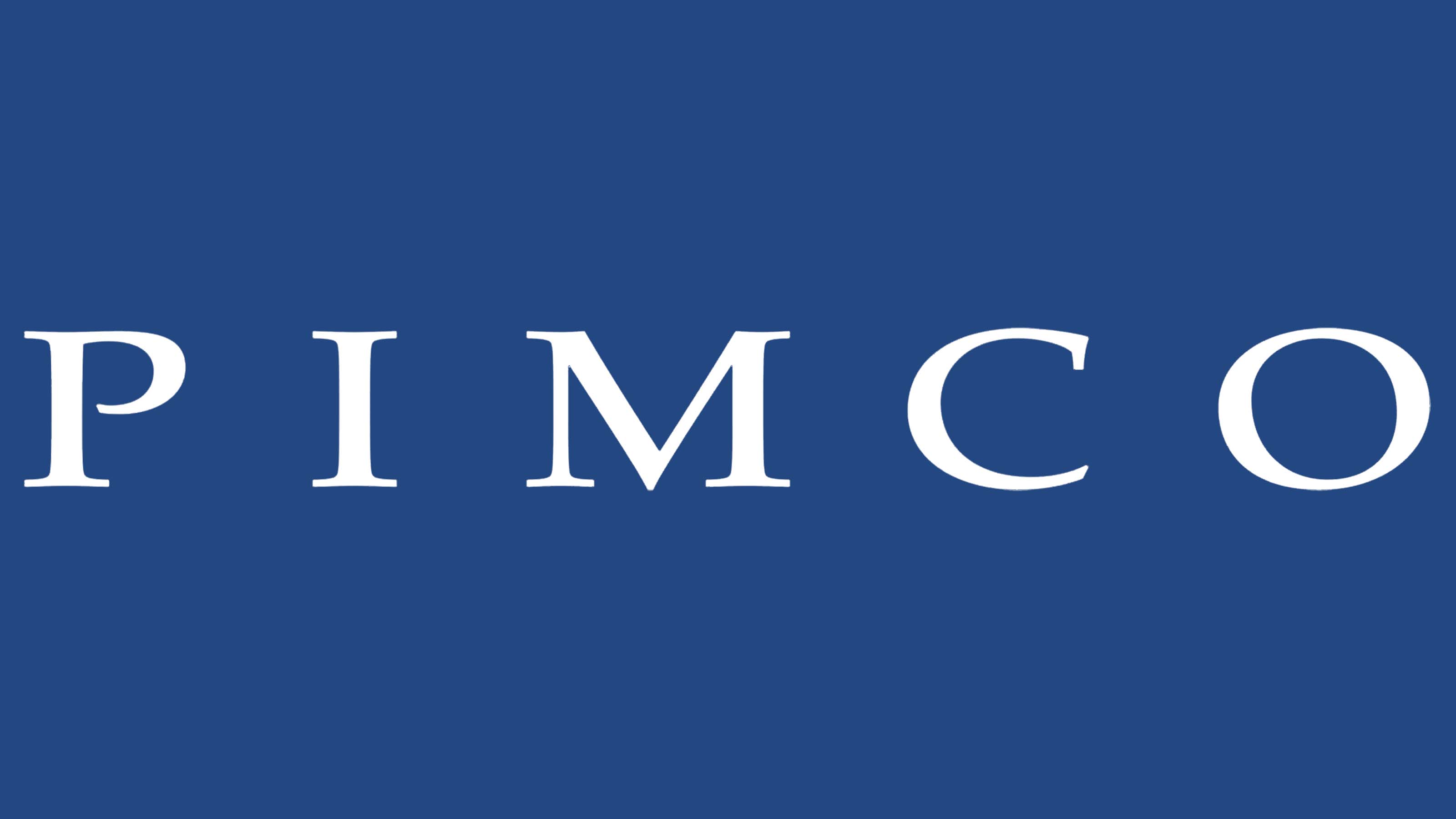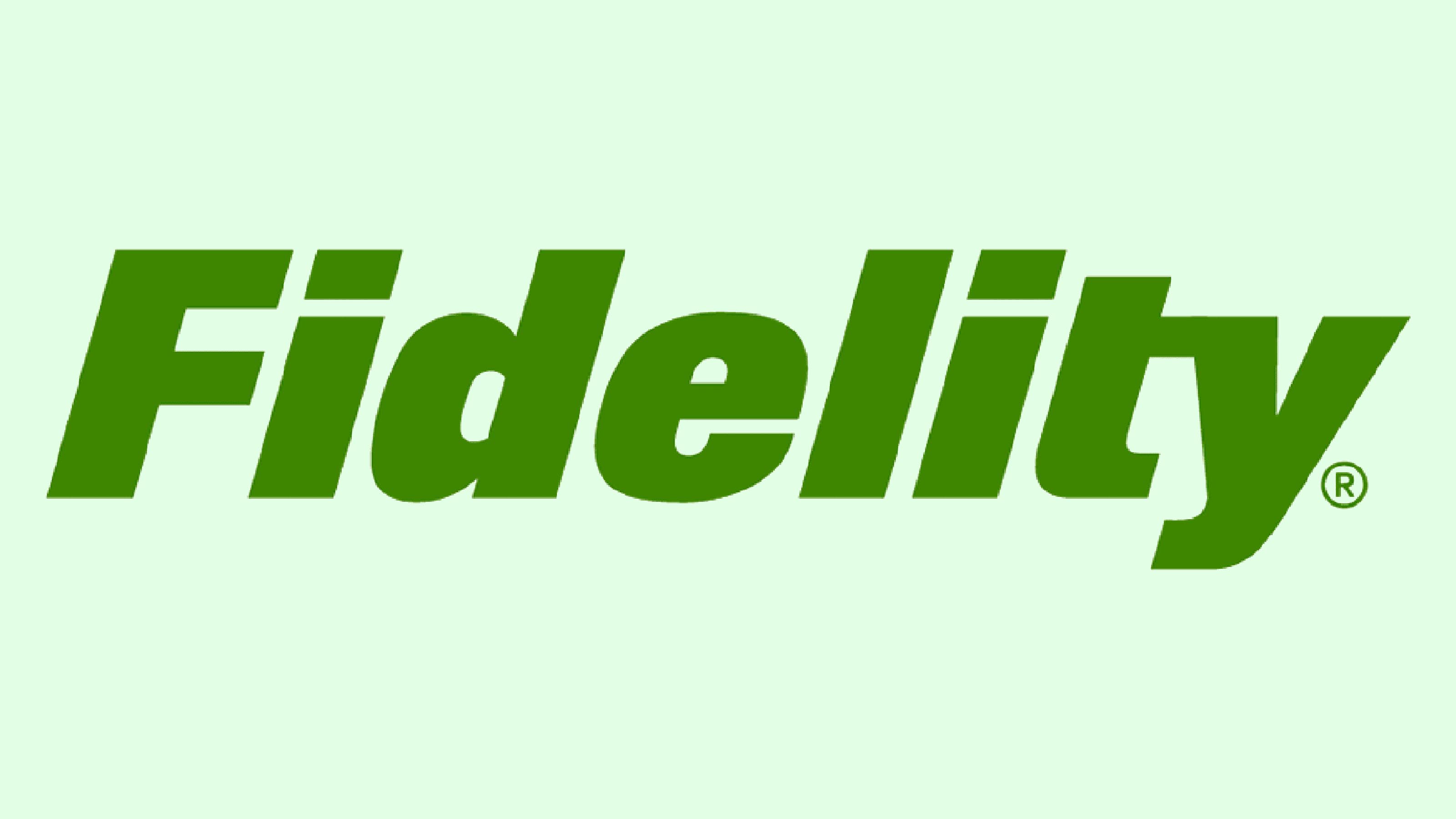Best Bond Funds to Buy
The best bond funds provide income and stability for investors and are worthy additions to any well-balanced portfolio.


Summary: The best bond funds offer investors stability because bonds tend to be less volatile than stocks. Bond funds are also known for their fixed-income potential, making them an attractive option for retirees. Look for well-established bond funds with at least $1 billion in assets under management and minimum investment thresholds of $3,000 or less, such as those offered by Vanguard, PIMCO and Fidelity.
Investors looking for stability often turn to the fixed-income market, seeking out the best bond funds and bond ETFs to buy, because these debt securities are often much less volatile than stocks.
Bankruptcy laws generally state that if a company fails, bondholders must be made whole first whereas the failure of a publicly traded company could leave investors with totally worthless shares.
From just $107.88 $24.99 for Kiplinger Personal Finance
Become a smarter, better informed investor. Subscribe from just $107.88 $24.99, plus get up to 4 Special Issues

Sign up for Kiplinger’s Free Newsletters
Profit and prosper with the best of expert advice on investing, taxes, retirement, personal finance and more - straight to your e-mail.
Profit and prosper with the best of expert advice - straight to your e-mail.
The trade-off is that it's almost impossible to imagine bonds delivering a quick 10% or 20% in principal gains, while the stock market just pulled off back-to-back 20%-plus years of generating those kinds of profits. Stability has a cost.
Are bonds good retirement investments?
At the same time, if you're near retirement and/or your biggest concerns are capital preservation and income, you can't overlook bonds and the best bond funds.
At a minimum, investors should consider modest exposure to fixed-income assets to diversify their portfolios. If your nest egg is large enough, the best bond funds may even make sense as your core asset to protect your hard-earned money.
Are bonds a good investment this year?
It's been a rough run for bonds, as evidenced by the Morningstar US 10-plus Year Treasury Bond Index, which has shed more than 7% in the past five years.
More recently, the bond market has rallied, and the Morningstar index is up 7.4% so far in 2025 through mid-November.
How to find the best bond funds
There's no single investment or asset class that works for every portfolio. Bonds are characterized by capital preservation and income potential, for example, rather than growth potential, which is what drives stock prices higher.
There’s differentiation within the fixed-income market, too: Some bond funds yield more than others based on their risk profile. That said, investors who take a holistic approach can make any of these bond funds a foundational holding in their investing strategy.
To put together our list of the best bond funds, we looked for well-established vehicles with at least $1 billion in assets. We homed in on those accessible to the majority of investors with minimum investment thresholds of $3,000 or less.
These funds span several strategies to help investors find the right product for their risk tolerance and their financial goals.
Data is as of November 12. SEC yields reflect the interest earned after deducting fund expenses for the most recent 30-day period and are a standard measure for bond and preferred-stock funds.
You should always do your own research, but these are five of the best bond funds to buy now.
Vanguard Total Bond Market Index Fund Admiral Shares

- Assets under management: $379.8 billion
- SEC yield: 4.1%
- Expense ratio: 0.04%
The Vanguard Total Bond Market Index Fund Admiral Shares (VBTLX) is the most popular Vanguard mutual fund for bond investors. It's also one of the largest mutual funds of any kind in the world.
Like many popular Vanguard offerings, the approach is simple and cost-effective: VBTLX provides exposure to the fixed-income market in one simple broad-based fund.
Managers oversee a portfolio of more than 17,000 investment-grade bonds. These are debt securities of high credit quality issued by government entities and/or corporations at lower risk of default.
U.S. government bonds account for approximately half of total assets, with another fifth or so invested in agency debt including pools of mortgage-related assets backed by federal agencies. The rest is allocated to top-tier corporate debt and similar securities.
Holdings tend to be of medium-term duration, the portfolio characterized by bonds with an average maturity of about 8.1 years.
With hundreds of billions in assets behind this approach, VBTLX offers a well-established and affordable way to play the totality of investment-grade bonds in a single mutual fund.
Learn more about VBTLX at the Vanguard provider site.
PIMCO Income Fund A

- Assets under management: $208.5 billion
- SEC yield: 4.2%
- Expense ratio: 0.90%
There's a lot of uncertainty reflected in the bond market after a fairly volatile trading environment across 2024 and into 2025. The volatility can be traced to uncertainty surrounding the Fed's interest rate, inflation and the Trump administration's tariff policy — as well as what all of these mean for the broader global economy.
The PIMCO Income Fund A (PONAX) looks to minimize the impact of unexpected shifts in the near-term landscape and, at the same time, to profit from any significant changes through an actively managed and "unconstrained" approach.
In other words, the experts at the helm of PONAX have leeway to allocate more (or less) to certain areas of the bond market rather than stick to an index such as VBTLX.
As a respected leader in the bond world, PIMCO operates some of the largest fixed-income mutual funds in the market. PONAX, one of its flagship products, holds about 8,500 individual bonds.
It yields a bit more than other intermediate-term bond mutual funds because management makes responsible investments in higher-yielding, higher-risk offerings such as emerging-market debt. About 10% of total assets are allocated to junk bonds.
If you're interested in playing the totality of the bond market in a more tactical way, this well-respected and actively managed option is one of the best bond funds to buy now.
Learn more about PONAX at the PIMCO provider site.
Vanguard Total International Bond Index Fund Admiral Shares

- Assets under management: $112.7 billion
- SEC yield: 2.9%
- Expense ratio: 0.10%
Bond mutual funds are attractive as foundational investments because they provide diversification beyond stocks. For investors seeking international diversification as well, the Vanguard Total International Bond Index Fund Admiral Shares (VTABX) is a great option to layer into any portfolio.
With approximately 6,600 bonds in its portfolio, VTABX gives investors access to global markets outside the United States. Top regions include Europe at 58% and Asia-Pacific at 19%, with the majority of those bonds in Japan.
There is a small allocation to bonds from emerging markets, but nearly every asset in this fund is an investment-grade security with a rating of BBB or better to ensure a strong chance of repayment.
As an "ex-U.S." fund, VTABX is a great supplemental holding for any portfolio. This bond mutual fund can easily be layered on top of other domestic bond funds on this list, reducing your risk profile without duplicating existing positions.
Learn more about VTABX at the Vanguard provider site.
Vanguard Short-Term Corporate Bond Index Fund

- Assets under management: $46.8 billion
- SEC yield: 4.1%
- Expense ratio: 0.06%
One way for fixed-income investors to take advantage of high yields is to consider the Vanguard Short-Term Corporate Bond Index Fund (VSCSX), which includes only bonds issued by top-rated blue chip stocks such as Bank of America (BAC), Comcast (CMCSA) and AbbVie (ABBV).
With issuers including some of the biggest name-brands on the planet and an effective maturity of just 2.9 years, the bonds that make up this mutual fund portfolio are rock-solid.
And thanks to the fact that corporate bonds generally pay more than Treasuries, you can harness income that's nearly four times the S&P 500’s dividend yield while maintaining a relatively low risk profile.
Learn more about VSCSX at the Vanguard provider site.
Fidelity Inflation-Protected Bond Index

- Assets under management: $10.8 billion
- SEC yield: 4.8%
- Expense ratio: 0.05%
The Fidelity Inflation-Protected Bond Index Fund (FIPDX) is a tactical option that could prove increasingly useful in the age of rising costs for businesses and consumers.
This bond mutual fund invests in Treasury Inflation-Protected Securities or TIPS. This special class of bonds is benchmarked to the widely followed Consumer Price Index (CPI), which represents a basket of household expenditures including transportation, food and housing.
TIPS work like this: When the CPI rises, the principal value of TIPS rises as well. You get paid interest based on the adjusted principal. That means you could see tremendous payouts should an a sticky inflation rate accelerate due to tariffs and trade wars.
There is downside risk for TIPS if and when inflation does cool in the future. That said, if you want to profit from the trend of rising prices — or at least establish a hedge against inflation — FIPDX is one of the best bond funds to consider.
Learn more about FIPDX at the Fidelity provider site.
Related content
Profit and prosper with the best of Kiplinger's advice on investing, taxes, retirement, personal finance and much more. Delivered daily. Enter your email in the box and click Sign Me Up.

Jeff Reeves writes about equity markets and exchange-traded funds for Kiplinger. A veteran journalist with extensive capital markets experience, Jeff has written about Wall Street and investing since 2008. His work has appeared in numerous respected finance outlets, including CNBC, the Fox Business Network, the Wall Street Journal digital network, USA Today and CNN Money.
-
 I'm want to give my 3 grandkids $5K each for Christmas.
I'm want to give my 3 grandkids $5K each for Christmas.You're comfortably retired and want to give your grandkids a big Christmas check, but their parents are worried they might spend it all. We ask the pros for help.
-
 If You're Not Doing Roth Conversions, You Need to Read This
If You're Not Doing Roth Conversions, You Need to Read ThisRoth conversions and other Roth strategies can be complex, but don't dismiss these tax planning tools outright. They could really work for you and your heirs.
-
 Could Traditional Retirement Expectations Be Killing Us?
Could Traditional Retirement Expectations Be Killing Us?A retirement psychologist makes the case: A fulfilling retirement begins with a blueprint for living, rather than simply the accumulation of a large nest egg.
-
 I'm a Financial Planner: If You're Not Doing Roth Conversions, You Need to Read This
I'm a Financial Planner: If You're Not Doing Roth Conversions, You Need to Read ThisRoth conversions and other Roth strategies can be complex, but don't dismiss these tax planning tools outright. They could really work for you and your heirs.
-
 Could Traditional Retirement Expectations Be Killing Us? A Retirement Psychologist Makes the Case
Could Traditional Retirement Expectations Be Killing Us? A Retirement Psychologist Makes the CaseA retirement psychologist makes the case: A fulfilling retirement begins with a blueprint for living, rather than simply the accumulation of a large nest egg.
-
 I'm a Financial Adviser: This Is How You Can Adapt to Social Security Uncertainty
I'm a Financial Adviser: This Is How You Can Adapt to Social Security UncertaintyRather than letting the unknowns make you anxious, focus on building a flexible income strategy that can adapt to possible future Social Security changes.
-
 I'm a Financial Planner for Millionaires: Here's How to Give Your Kids Cash Gifts Without Triggering IRS Paperwork
I'm a Financial Planner for Millionaires: Here's How to Give Your Kids Cash Gifts Without Triggering IRS PaperworkMost people can gift large sums without paying tax or filing a return, especially by structuring gifts across two tax years or splitting gifts with a spouse.
-
 'Boomer Candy' Investments Might Seem Sweet, But They Can Have a Sour Aftertaste
'Boomer Candy' Investments Might Seem Sweet, But They Can Have a Sour AftertasteProducts such as index annuities, structured notes and buffered ETFs might seem appealing, but sometimes they can rob you of flexibility and trap your capital.
-
 AI Stocks Lead Nasdaq's 398-Point Nosedive: Stock Market Today
AI Stocks Lead Nasdaq's 398-Point Nosedive: Stock Market TodayThe major stock market indexes do not yet reflect the bullish tendencies of sector rotation and broadening participation.
-
 Got $100 to Gamble? These Penny Stocks Could Be Worth the Ride
Got $100 to Gamble? These Penny Stocks Could Be Worth the RideVolatile penny stocks are high-risk plays with potentially high rewards. If you have $100 you can afford to lose, these three names are worth a look.
-
 Quick Question: Are You Planning for a 20-Year Retirement or a 30-Year Retirement?
Quick Question: Are You Planning for a 20-Year Retirement or a 30-Year Retirement?You probably should be planning for a much longer retirement than you are. To avoid running out of retirement savings, you really need to make a plan.